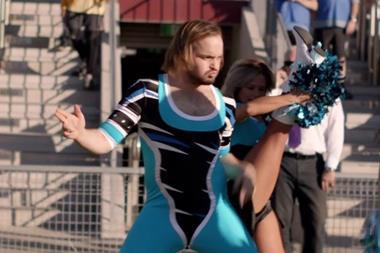Sales: £459.0m Growth: -2.9%
Bump: Foster’s is the latest lager to have its spot in the ranking nabbed by the big daddy of spirits. And it’s not just because we’re now including RTDs in Smirnoff’s (2) overall value.
On the surface, the Australian brand hasn’t had a brilliant year, but the picture is complicated. Volume sales of the standard lager are up 1.6%, with its average price dropping 3.7% - a stronger performance than the flagship products of its two main rivals in mid-strength lager, Carling and Carlsberg. Martin Porter, MD off-trade sales at Heineken UK, is measured about the future of the segment, but positive about his own brand’s prospects.
“Of those three brands, Foster’s is certainly the strongest and has remained the most resilient over the years,” he says. “What you will see is a stabilisation in classic lager, but growth in premium and world beers - and I would suggest in time there will be winners and losers in the classic lager category.”
Porter says Foster’s ability to stay relevant to the crucial 18 to 24-year-old demographic has kept it in a healthy state - it’s the number one recruiter into the lager category of this age group. Heineken recently retired the longstanding stars of its ads, Brad and Dan, in a bid to nudge the brand away from its laddish positioning.
Next month sees the launch of the rum-flavoured Foster’s Rocks, the first spirit beer under the umbrella of an existing major brand, and Porter says this has the potential to increase the relevance of Foster’s with young consumers looking for products for “higher energy occasions”.
“Rocks really builds on our knowledge and understanding of the flavoured lager category,” he says, referring to Heineken’s huge success with segment pioneer Desperados (59).
The new product’s name and identity are inspired by 19th century Australian rum traders - which Porter calls a “fantastic story that really lends itself to above and below-the-line execution”.
Heineken will hope Rocks contributes more to the brand than 4.8% abv lager Foster’s Gold, which lost 13.8% (£5.8m) of its sales, and the Foster’s Radler range, which is up slightly, but contributes just 2.3% (£10.7m) to the value of the brand.
Sign in to comment on this article
Not logged in before? Register for FREE guest access today.
You will be able to:
- Read more stories
- Receive daily newsletters
- Comment on stories
Advert




No comments yet